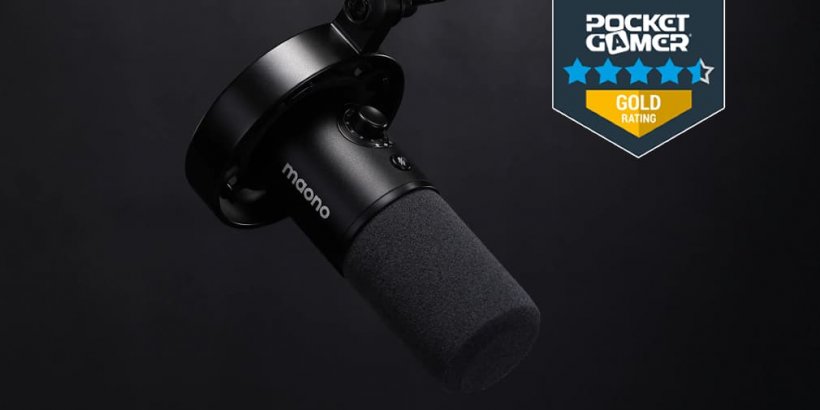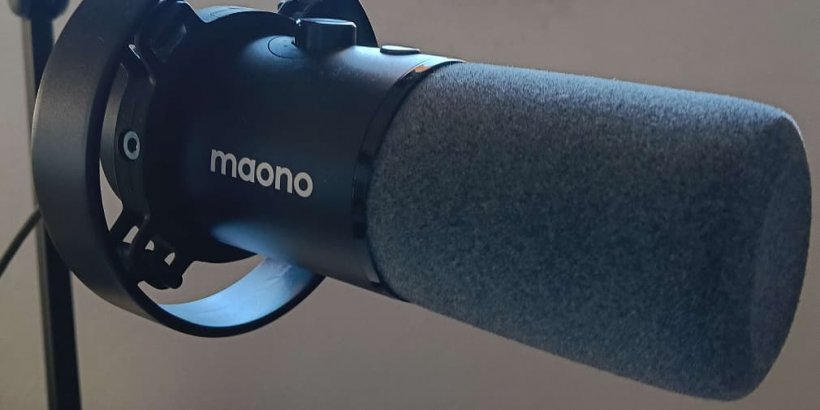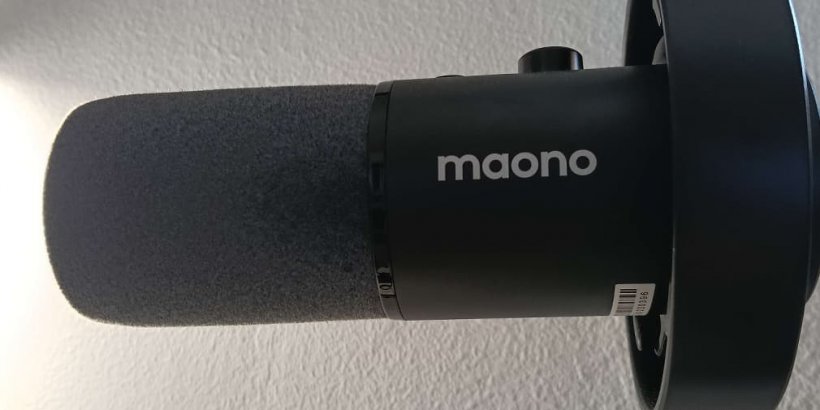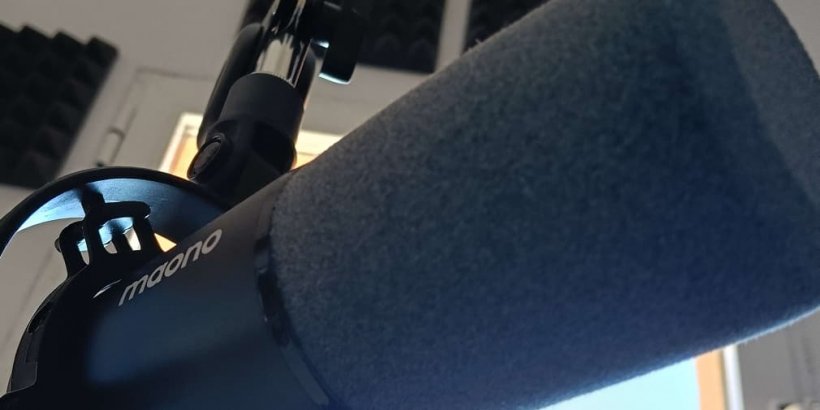
- A professional mic with a flexible and adaptable arm
- Affordable quality that works well for work and casual use
- Have it set up and mastered within minutes
We are a species of excess; we like to have things simply because we enjoy having things. You've probably found yourself scrolling the web or wandering about when an ad for something cool catches your eye. You decide that you must have it and that you'll find a use for it later.
In this modern age of online communication and content creation, you'll likely need a good microphone sooner or later. However, you've yet to ask yourself whether the Maono PD300X is the microphone you've been looking for.
It may be just what you need, or it may inspire you to start that audio-based project you've always been planning.
Why would you get the Maono PD300X?

If you're reading this, you're not a tech specialist; you're just someone who wants to learn about a specific microphone. The good news is that I won't break down all the specifications of this mic (I could, but there's no guarantee that you or I would understand them). I'm going to discuss how this mic performs and what projects it can be effectively used for, so you can make an informed decision more easily.
- Maono PD400X microphone review - "A professional-looking gaming mic that's easy on the wallet"
If you spend a lot of time at your computer, whether chatting, making video calls, or recording lines, then you'll need a microphone. And if you're doing all that regularly, then invest in a good mic that will last a long time and endure any yelling and possible jostling that may occur during fits of totally reasonable rage. So, let's find out what the Maono PD300X is all about and if you want to get a piece of its action.
What does the Maono PD300X do?

Have you ever seen a video with a person sitting at a desk and talking into a microphone that appears to be descending from off-screen? That's the kind of vibe the Maono PD300X is aiming for. It already earns points for having an easily adjustable arm that can clamp onto any type of layer, such as a table edge or a nearby shelf.
The arm is adjustable, can rotate in place, and is fairly extendable, allowing it to hang down from above the camera or come from the side. Aside from looking cool, this provides convenient and much-appreciated free space on your already cluttered desk (you know what I'm talking about).
Now here's the sweet part: it's super easy. Looking at the Maono PD300X from a distance, you may ask yourself, "Am I tech-savvy enough to operate this thing? It looks like a robot arm." However, don't worry; even if you've never used one of these microphones before, all you need to do is examine the pieces, and everything will become clear.
The arm is a single piece with a distinct clamp and an opening for the microphone's support to screw right in. You can have the mic up and running in under five minutes, and the only thing you need is an open USB port for the mic to plug into, allowing you to receive your vibing vocals on any device.
Still, the trickier part comes with the microphone itself. The receiver is small and light enough to be easily moved in place without blocking your field of vision, except for the top features, which include two elements that can be interacted with: a button and a dial.
The button is a Mute function for when you want to have a private moment or hide the fact that you're eating chicken wings. The dial is used to adjust the receiver's volume, which is particularly handy for those with naturally loud voices who want to keep their listeners' eardrums intact or reduce the noise in their recordings.
How many ports are there?
And this is where the final part comes into play with the back of the receiver. There are three ports: a USB port, a headphone port, and a three-prong adapter port. The first and third options are presented to offer two choices for input, both in terms of power and sound, but the second is the most interesting. This lets you hear your voice inside your head, quite literally.We don't always have friends, family, or bored co-workers to listen as we test our mics, but we always have ourselves - in theory, anyway. By plugging in your headphones with the standard headphone jack, AS ALL HEADPHONES SHOULD DO, you'll be able to hear your voice while you speak into the mic. You'll be able to listen to your tone, volume, background noise, and any other factors that you need to adjust the volume or the mic's position. Overall, this mic is a solid and respectable foothold in the wall of becoming a professional…recording…person.
Is the Maono PD300X worth it?

Depending on where you look, you can find the Maono PD300X for anywhere between $90.00 and $120.00 (approximately £70-£ 90), both online and in-store. Considering the quality you're getting and the level of professionalism you'll be elevated to, the price is decent. The mic is adaptable, practical, easy to set up and use, and serves its purpose both for personal and professional use.
Additionally, it would be entirely justified for you to initiate a video call solely to demonstrate the Maono PD300X swinging back and forth in front of the camera. You might even say that mic SOUNDS pretty good, eh? No? Hold on. Come back to me later.
Maono PD300X review - "Mic check how professional this looks!"

